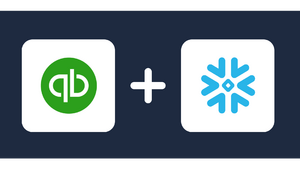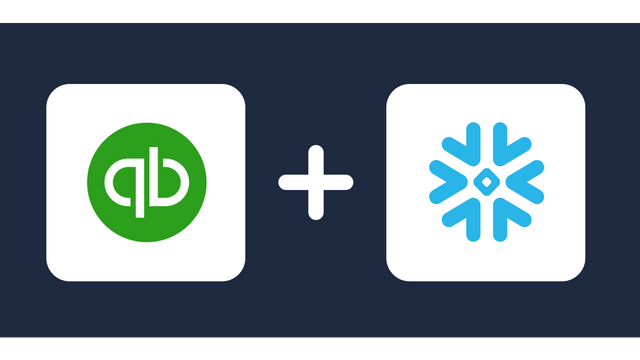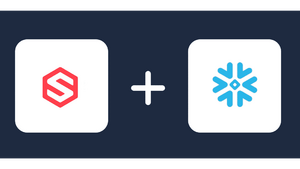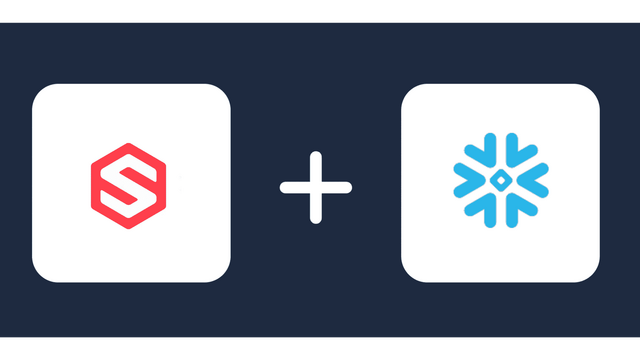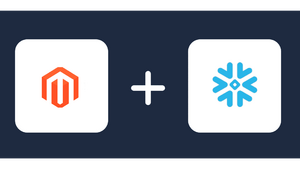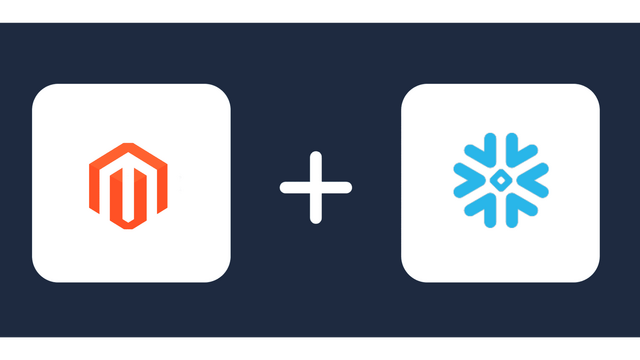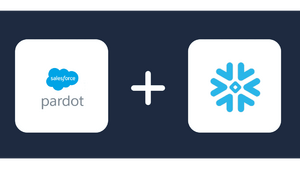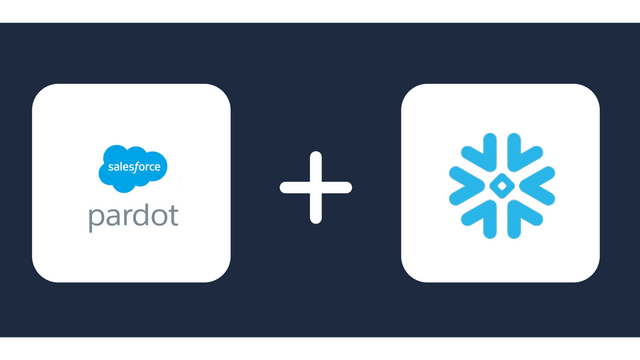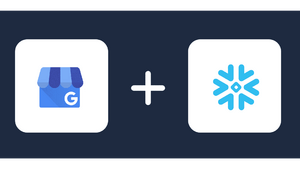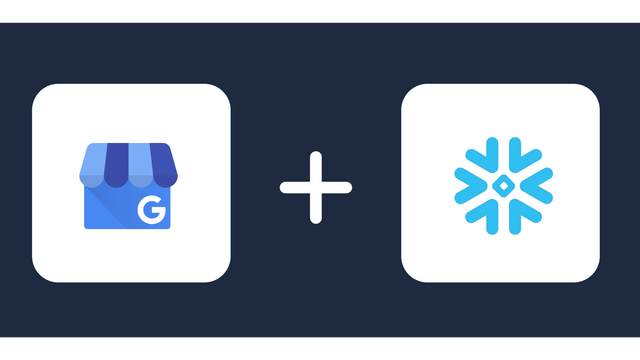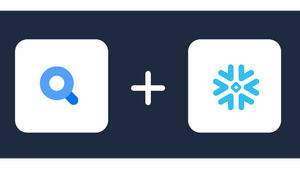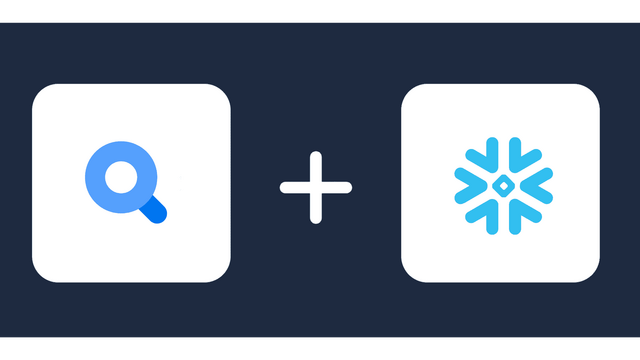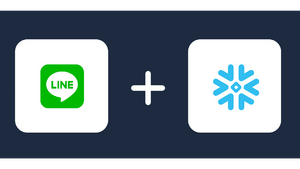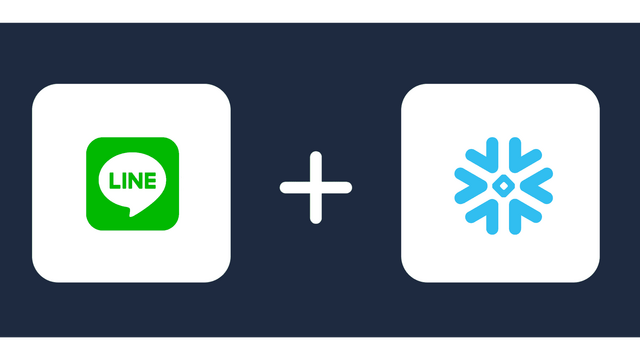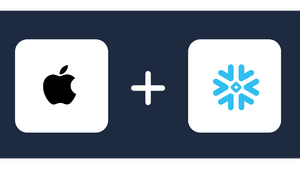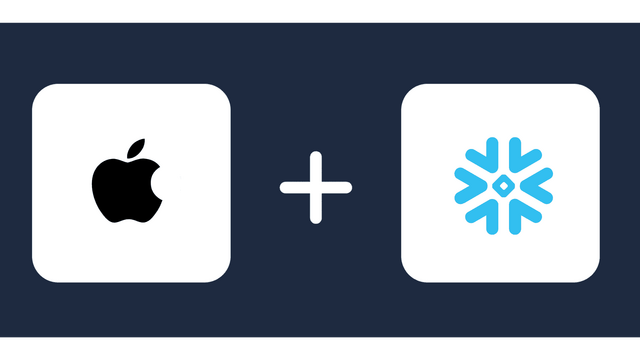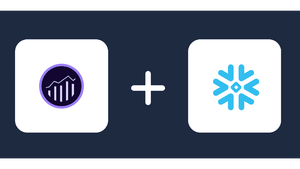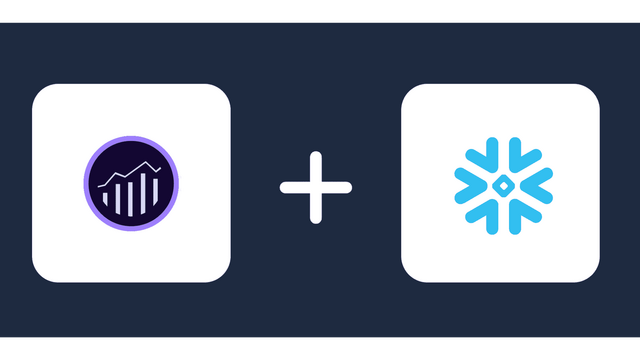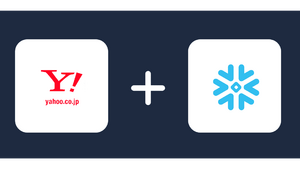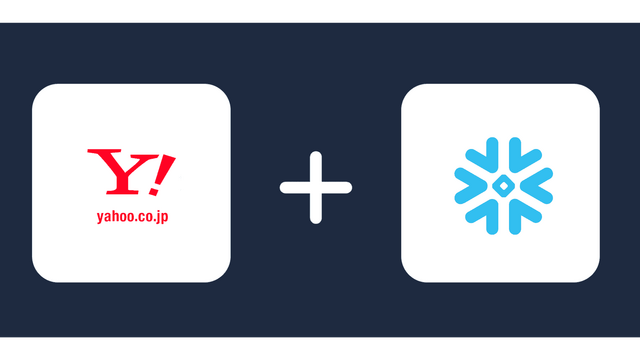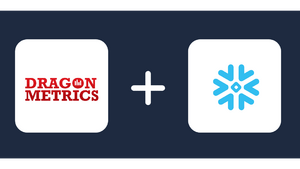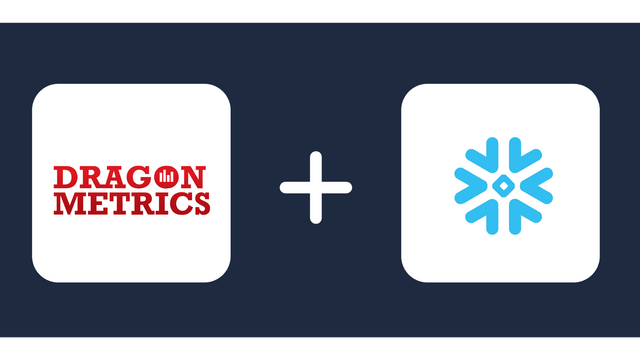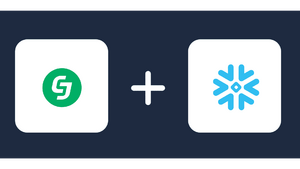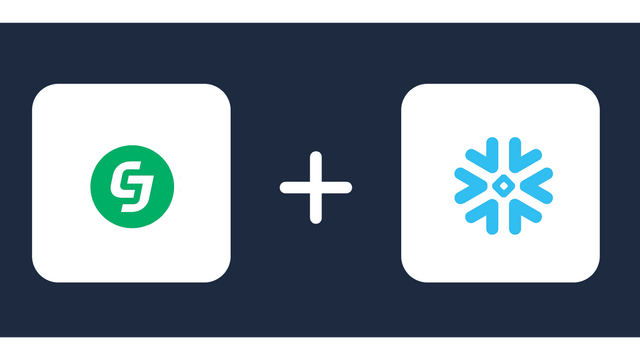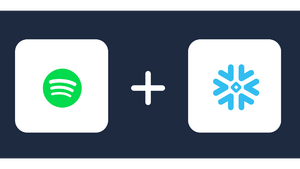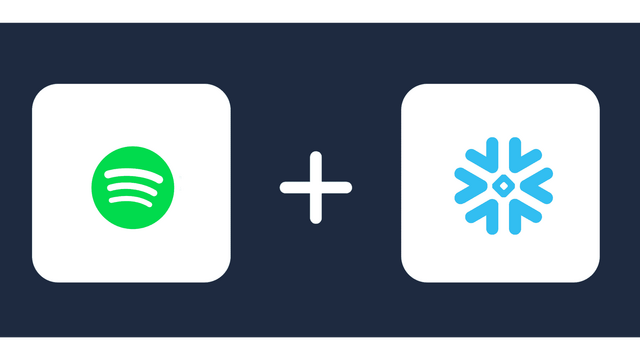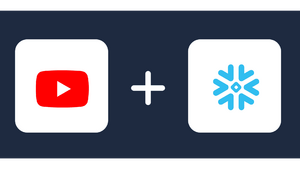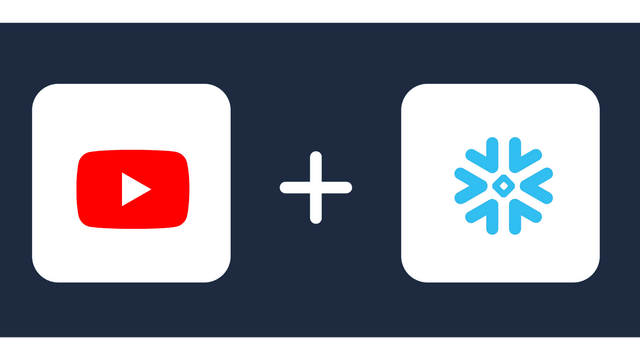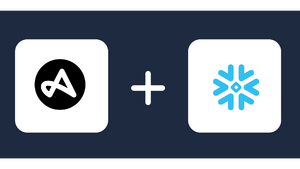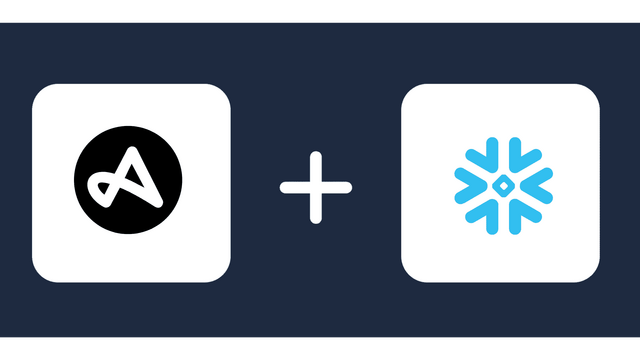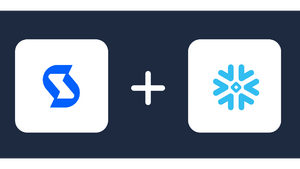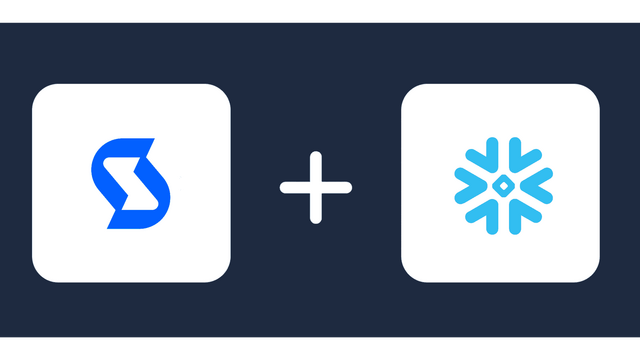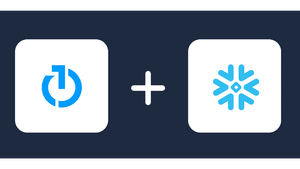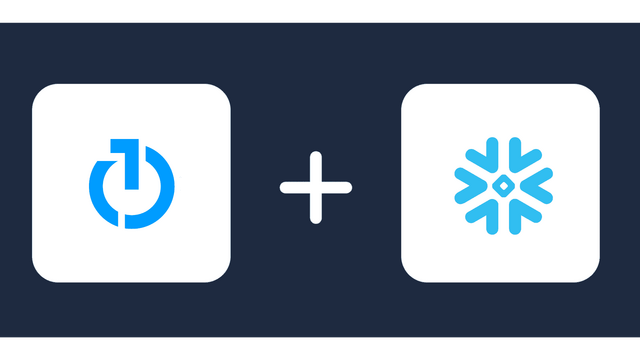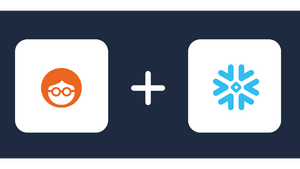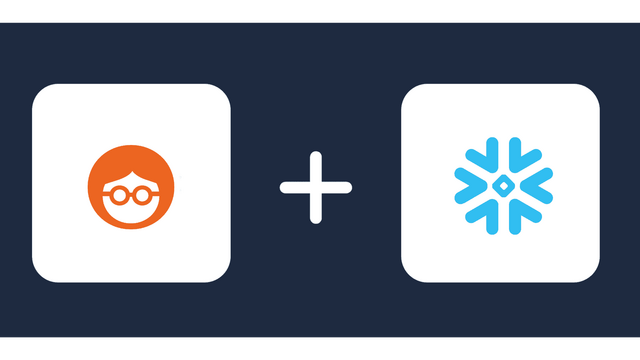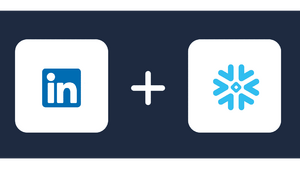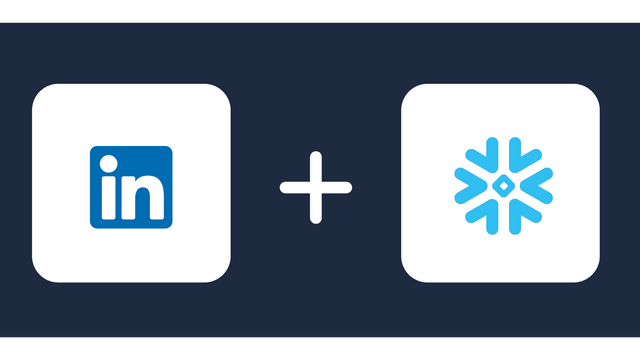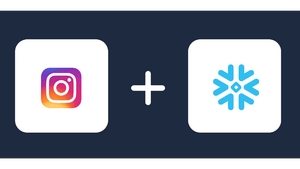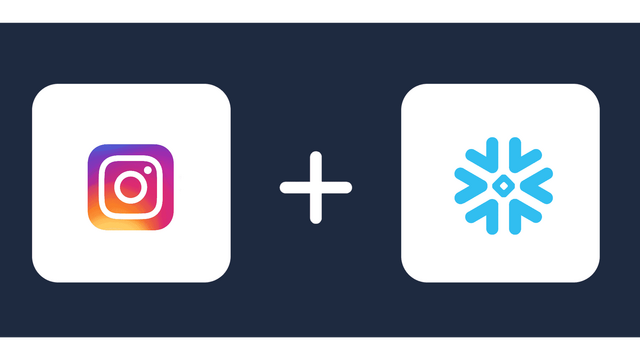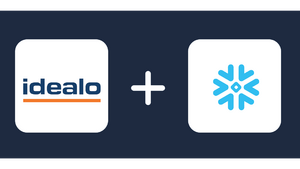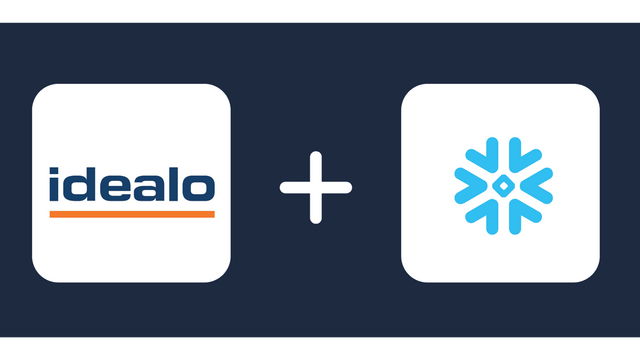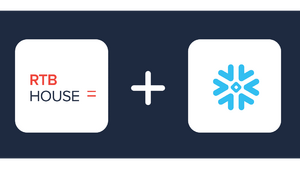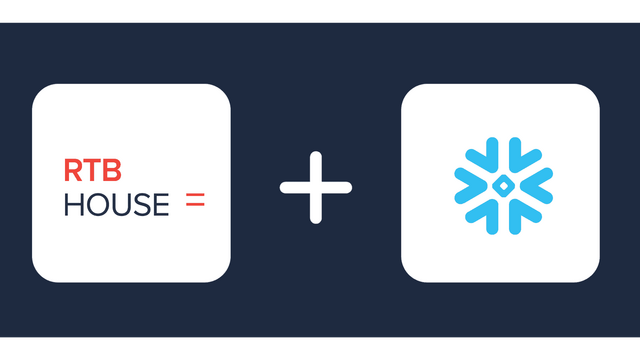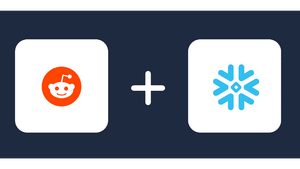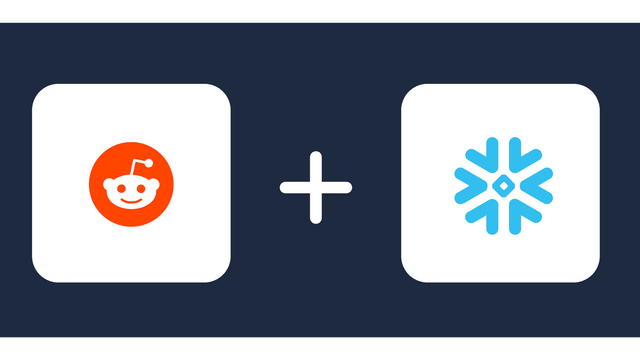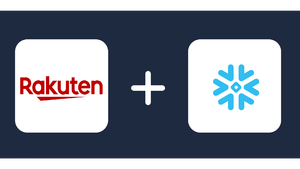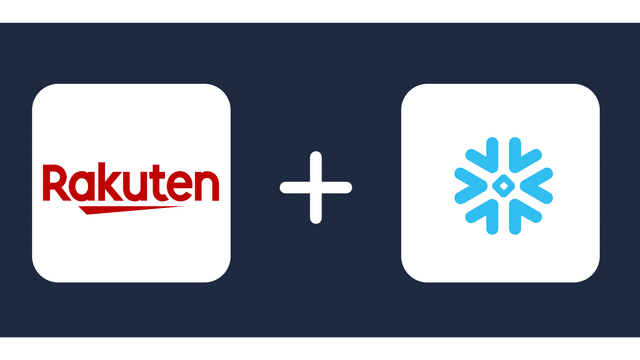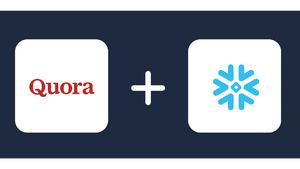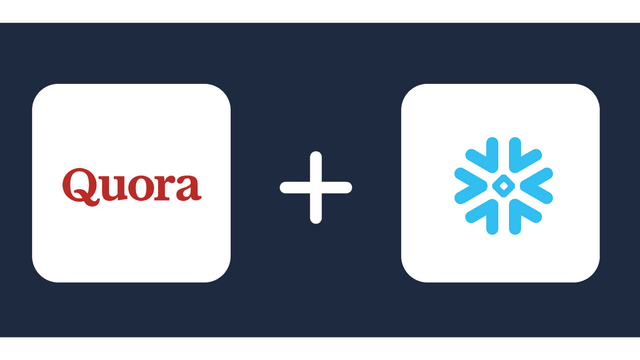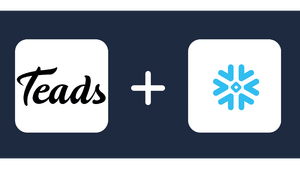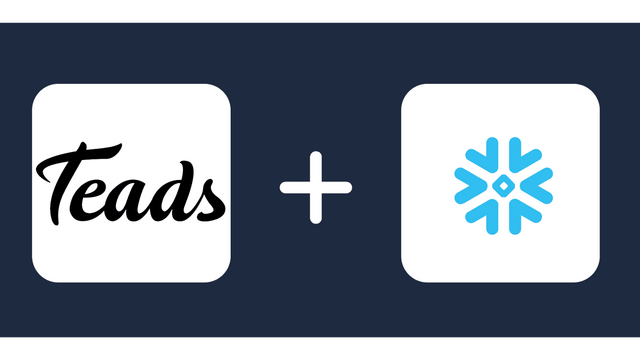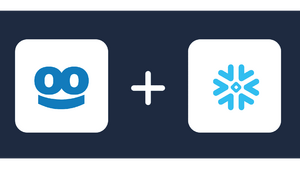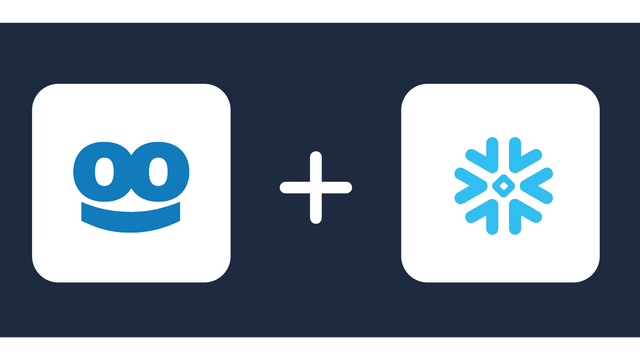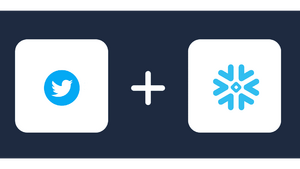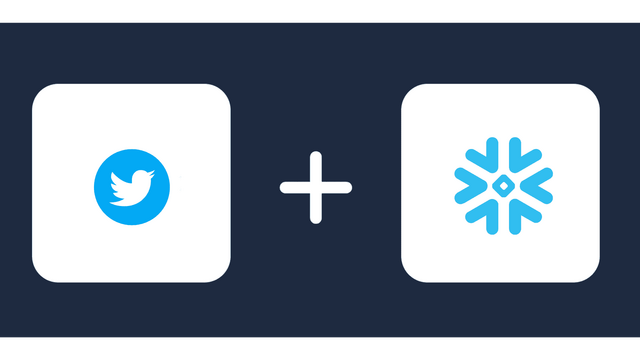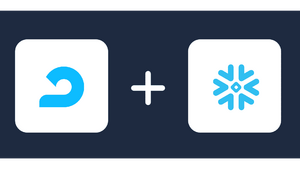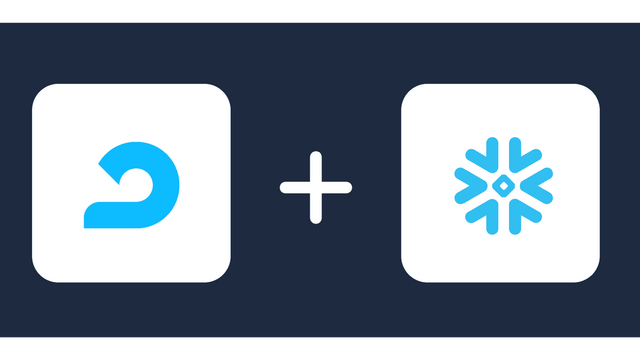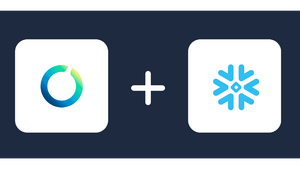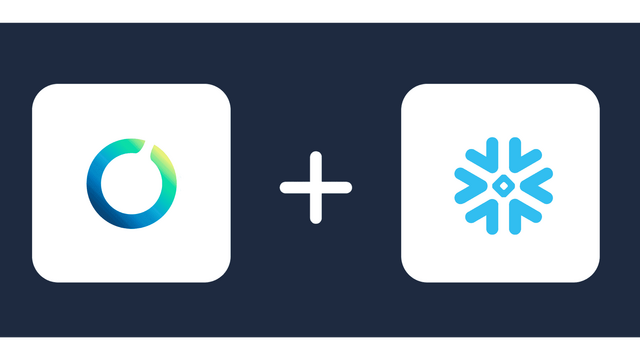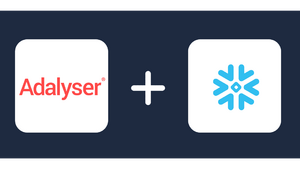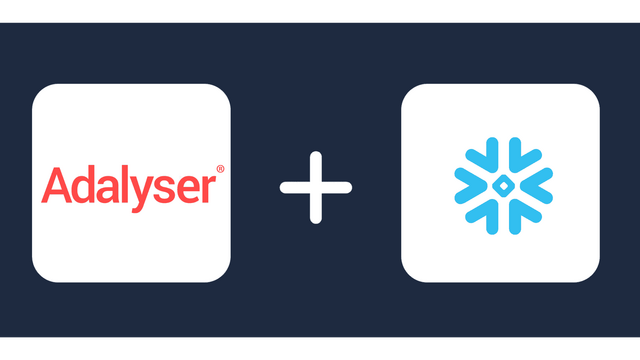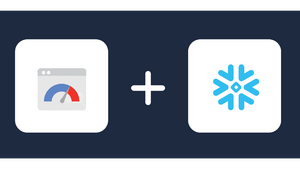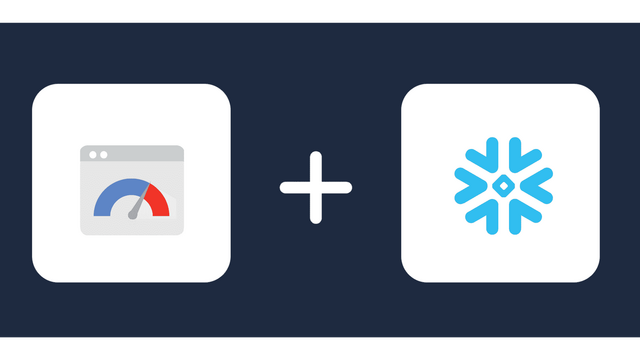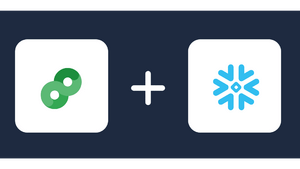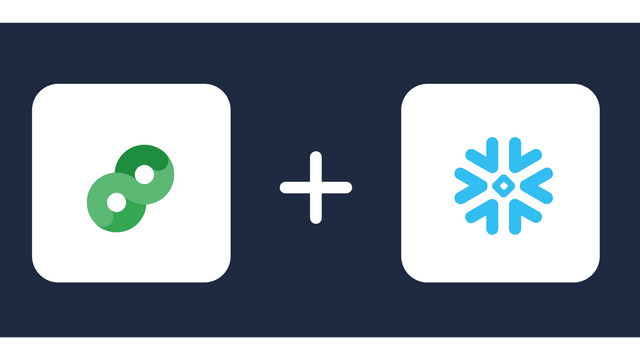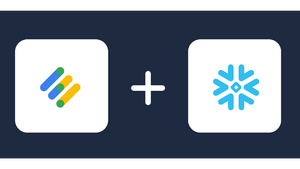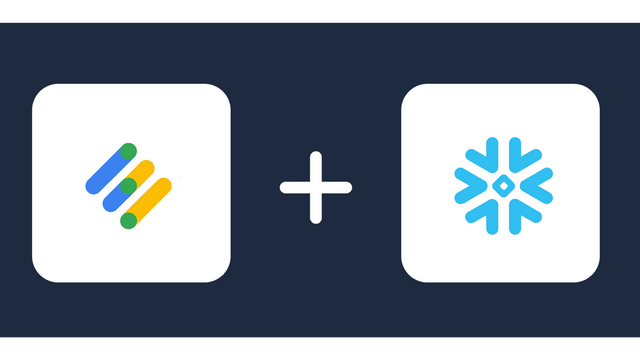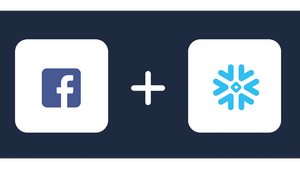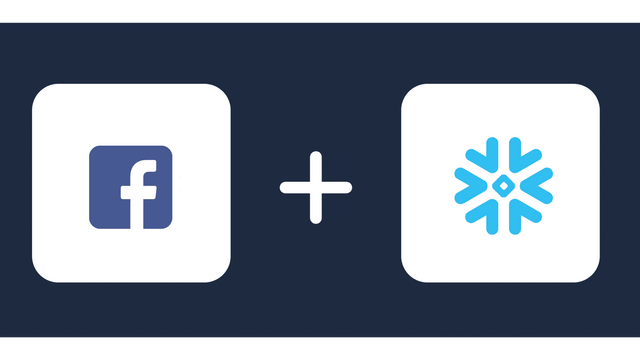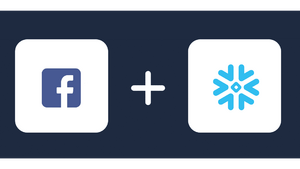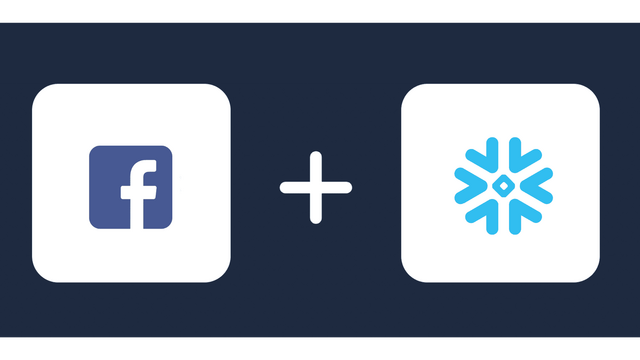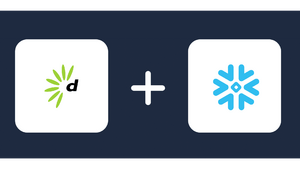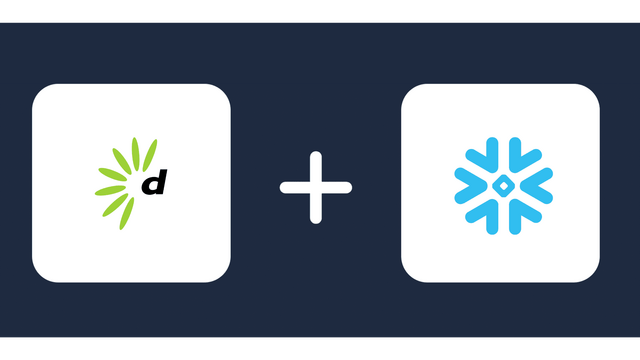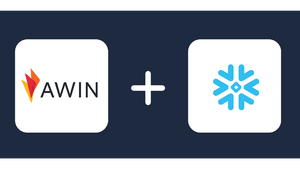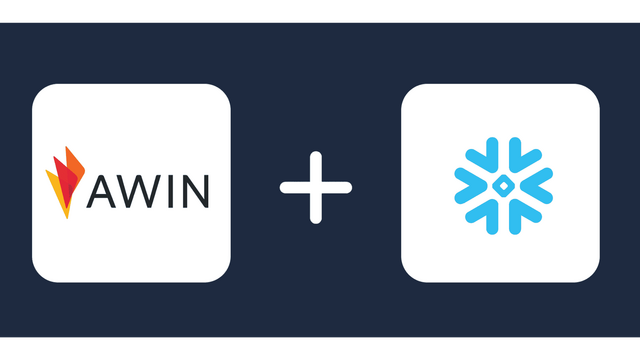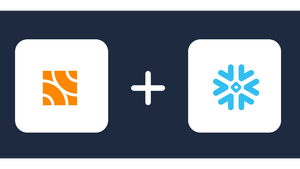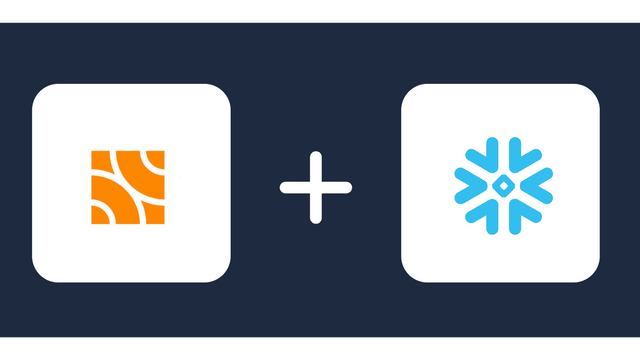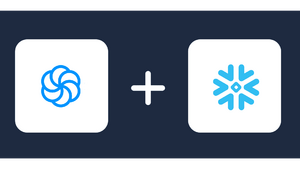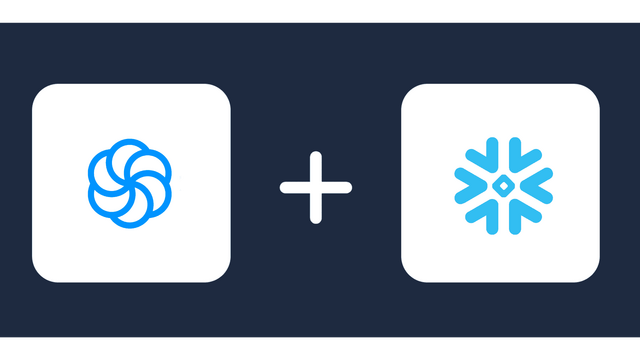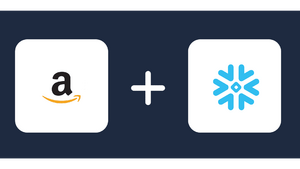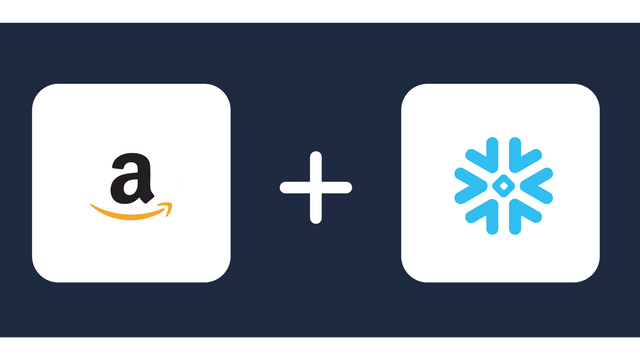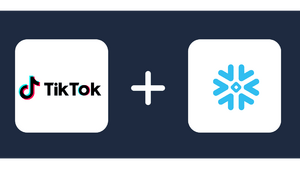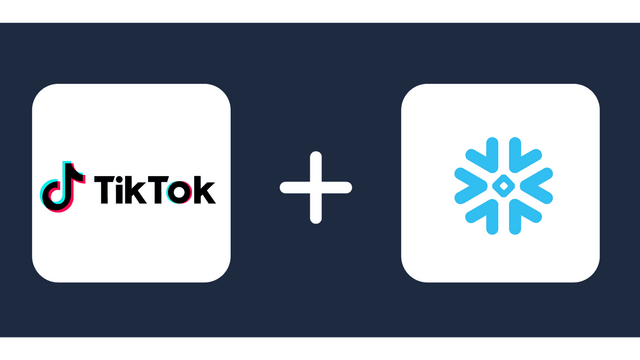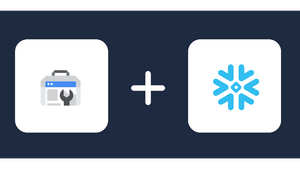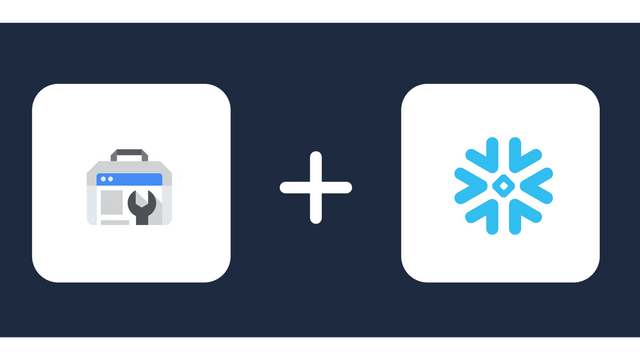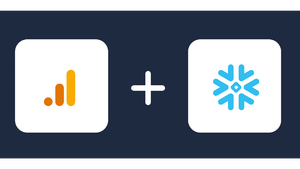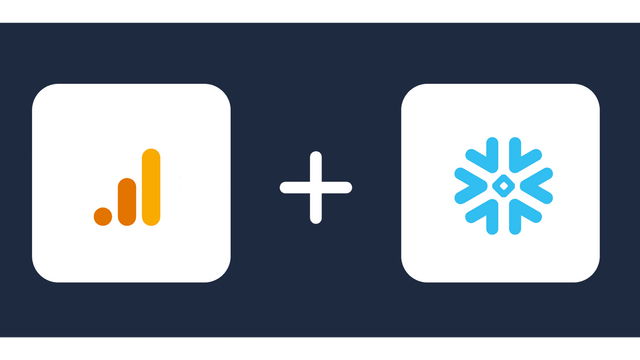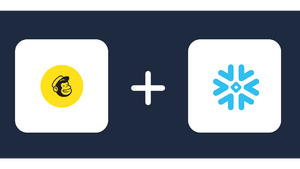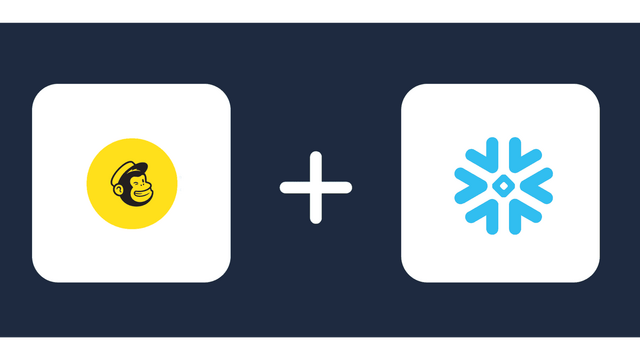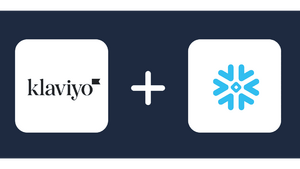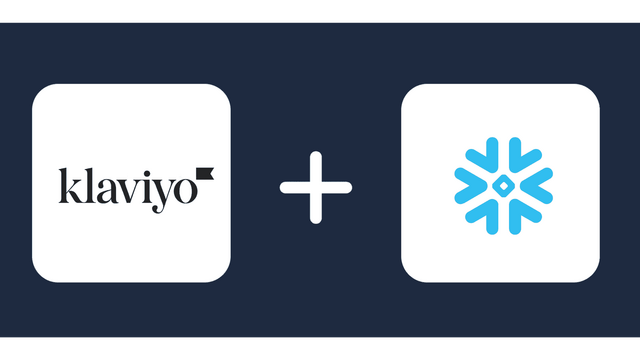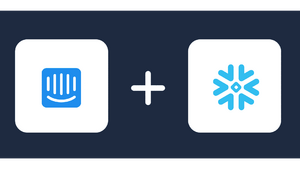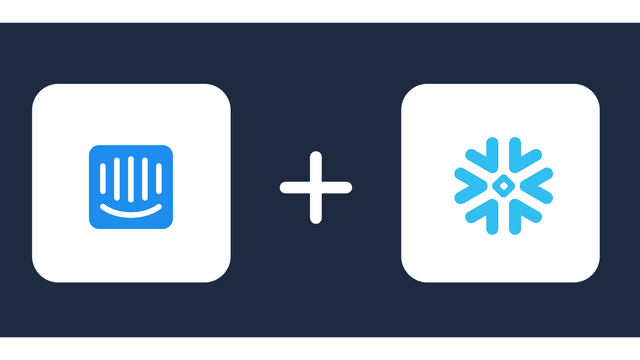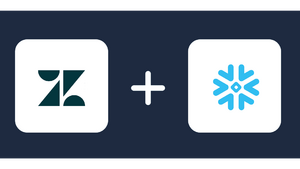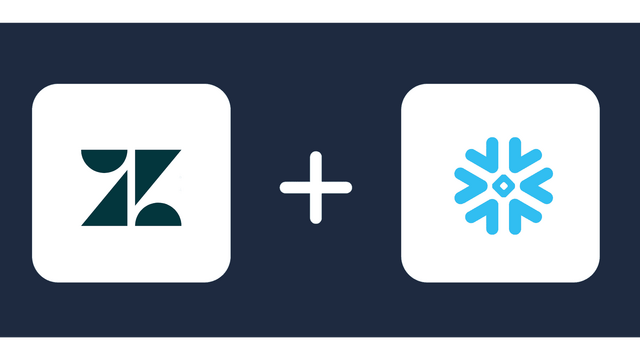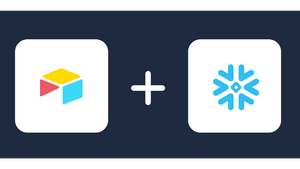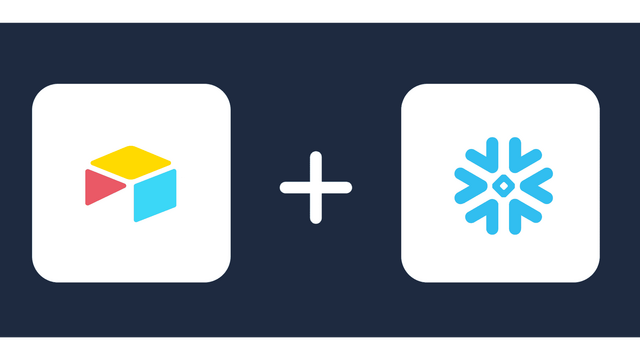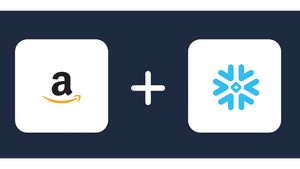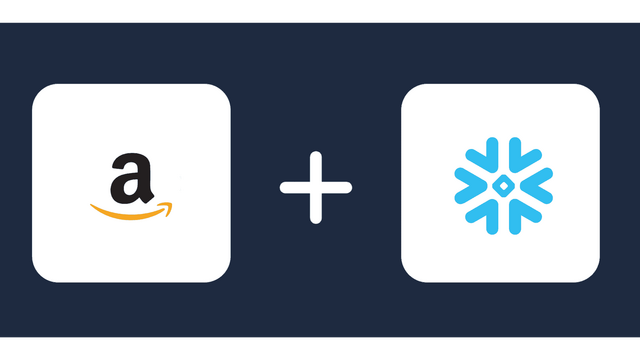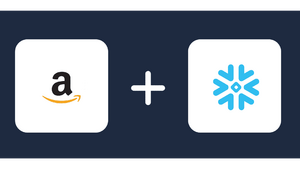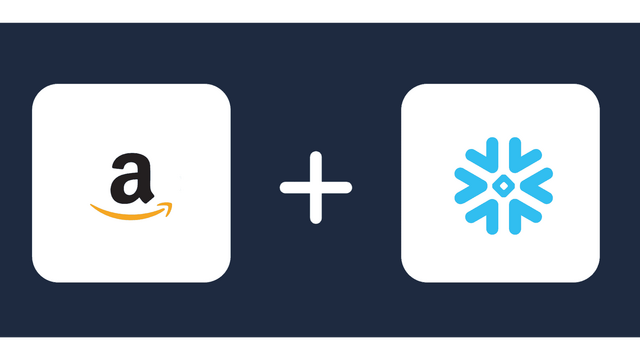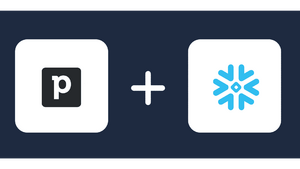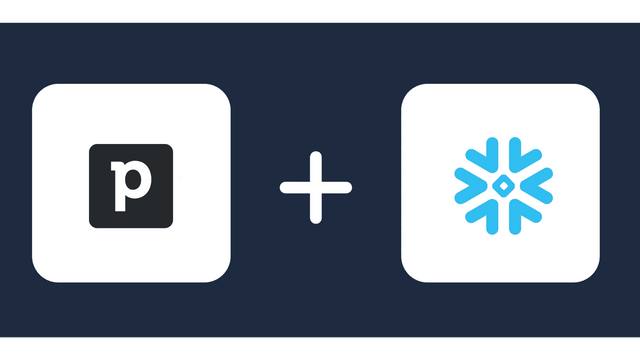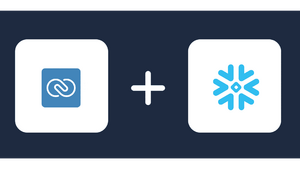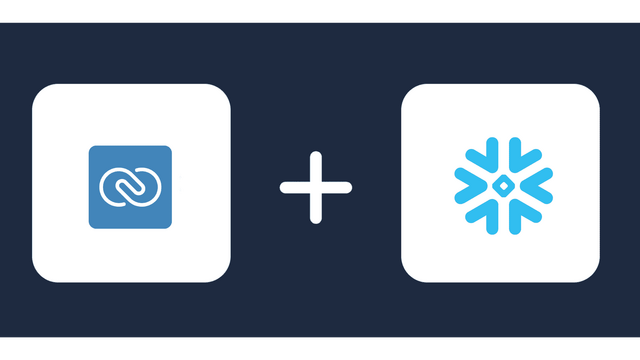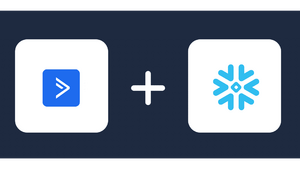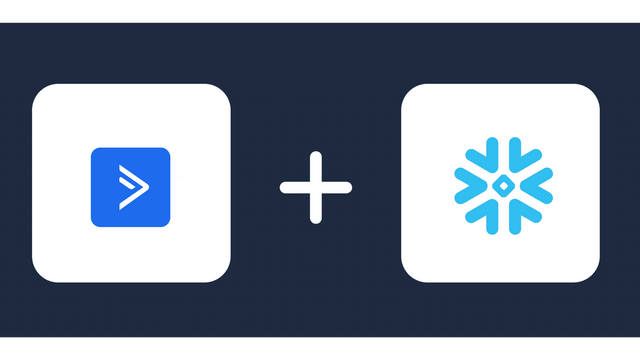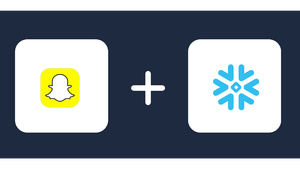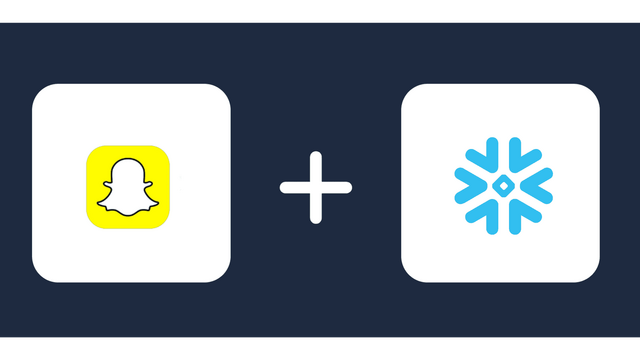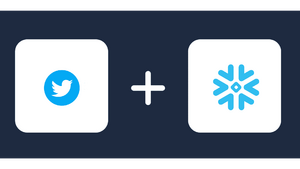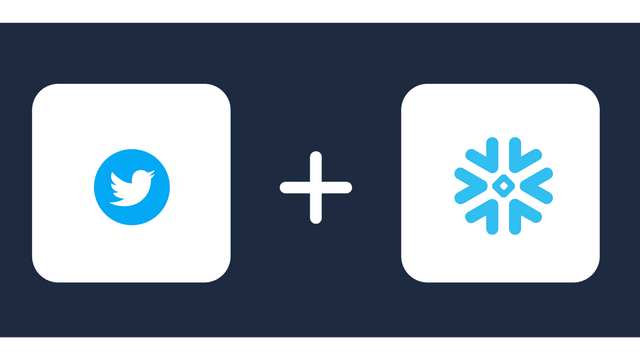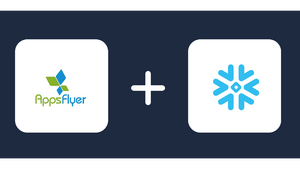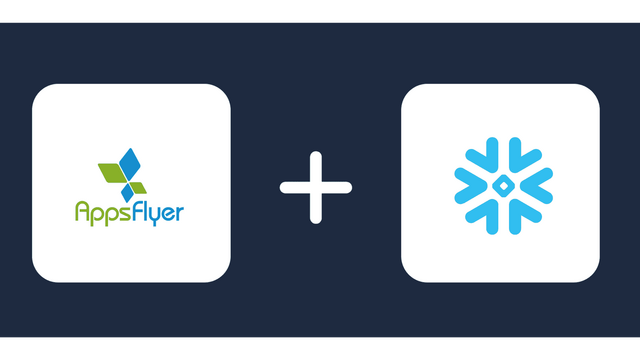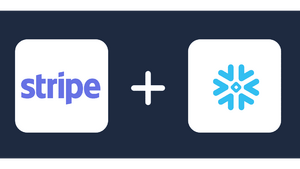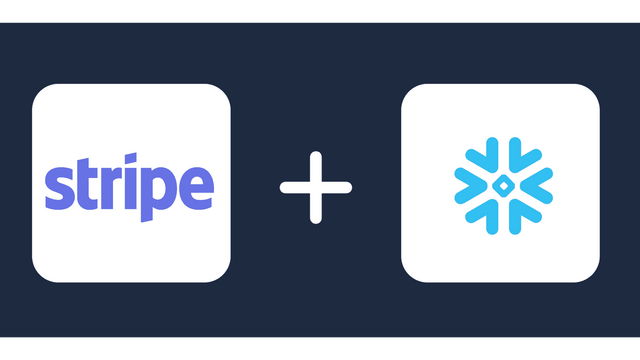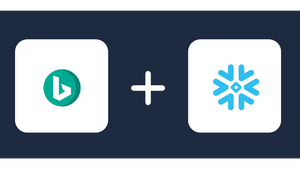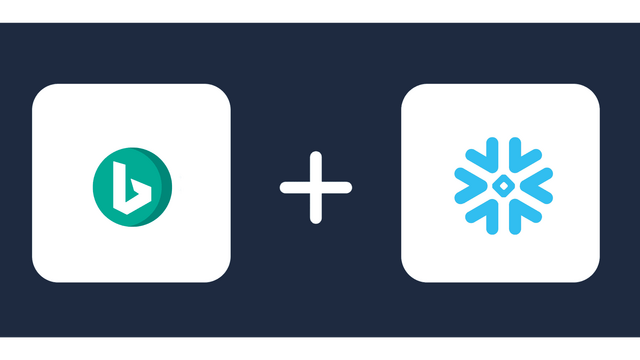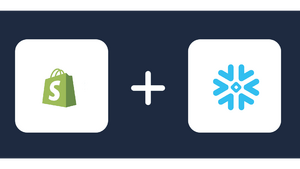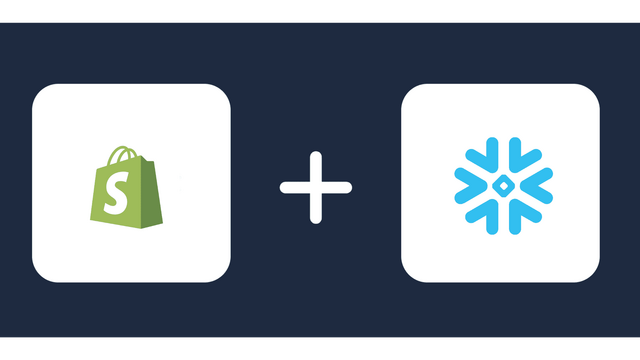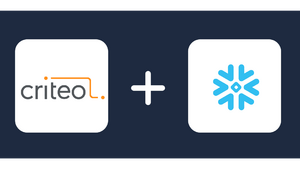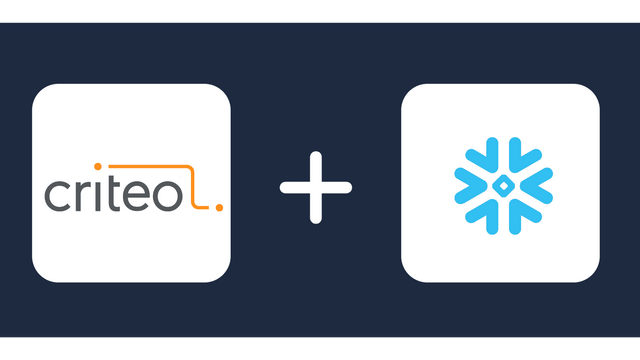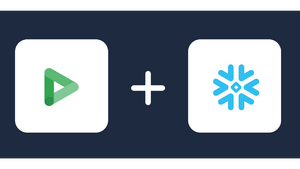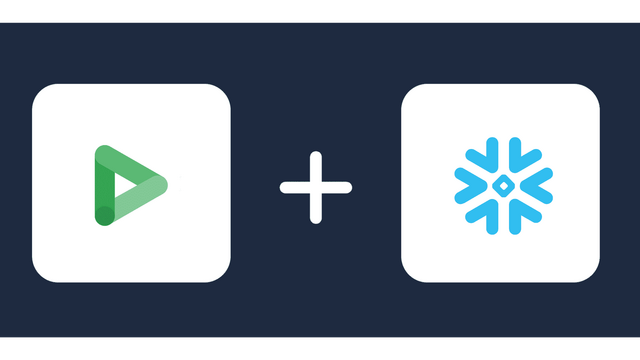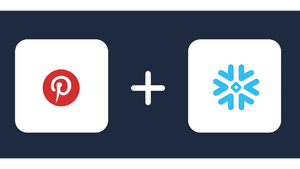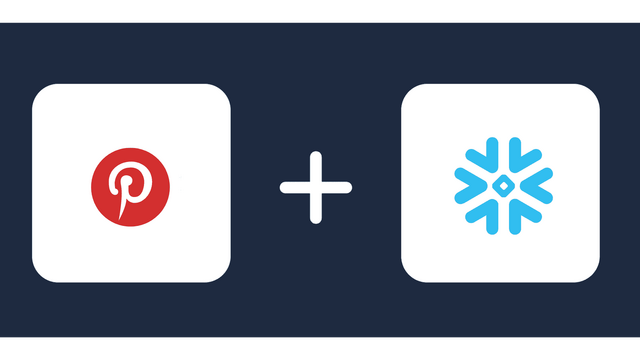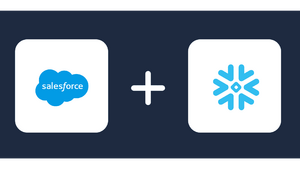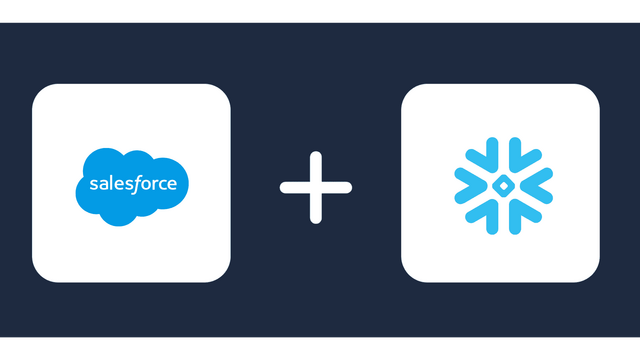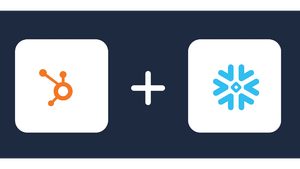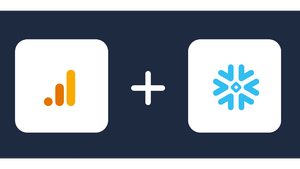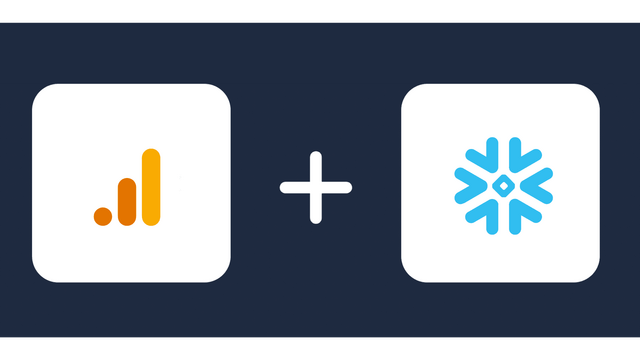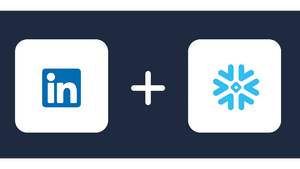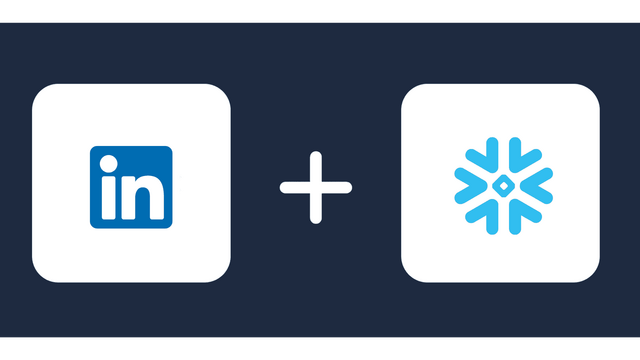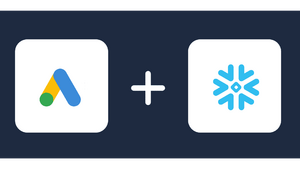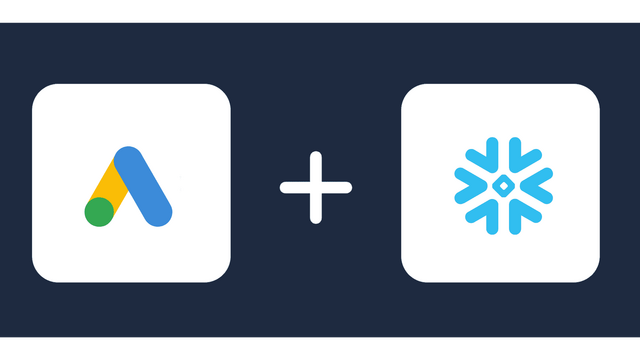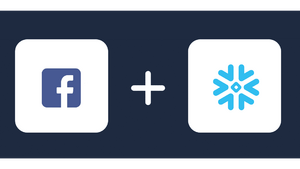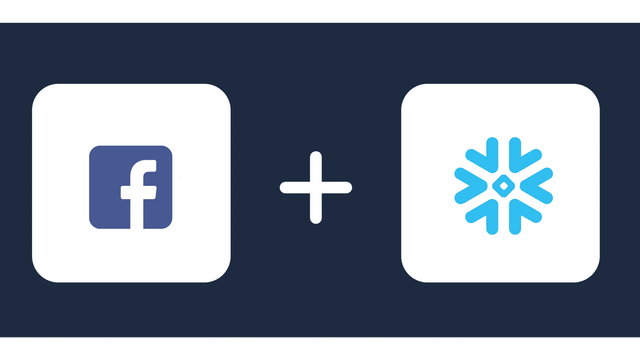Snowflake Integrations and Connectors
Snowflake is a powerful data-as-a-service solution that enables data storage, processing, and analytics. Being a cloud data service, Snowflake is fast, flexible, and scalable, which means it can handle big data. To connect all your data to the Snowflake data warehouse, you need effective connectors such as Windsor.ai no-code tools.
Popular Snowflake integrations
How do I set up Snowflake integration?
Windsor.ai automates the streaming of all your marketing data in a few clicks. Simply choose the platforms, tools you would like to connect and authenticate them. Now your data is connected. Now you select SnowFlake as data destination connect your Snowflake project. After choosing the synchronization interval your data will start appearing in Snowflake.
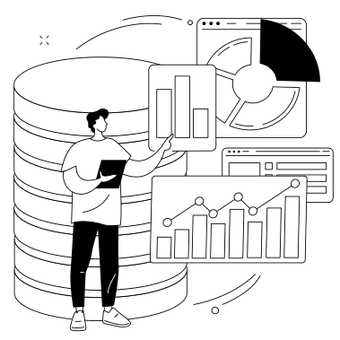
Try Windsor.ai today
Access all your data from your favorite sources in one place.
Get started for free with a 30 - day trial.
Why do I need Snowflake integration?
Snowflake integration allows you to get the most value from your data by placing it in a single warehouse. You can make better business decisions with useful insights when you synchronize data access. Here is how the integration of data serves the interests of your business:
Insightful ideas for business strategies
Data-driven organizations generate loads of data from multiple sources, including in-house ERP and CRM systems. The businesses also generate data from online sources such as advertising and marketing platforms. When the data is generated, it gets stored in silos. Snowflake integration using pre-built data connectors breaks down the silos to create a unified view of dataflows. Business decision-making is better with data integration as it powers cross-functional perspectives of how different activities affect business outcomes. Synchronizing your data informs better ideas for your business strategies.
Enhanced data sharing and collaboration
Data integration in Snowflake enhances data sharing and collaboration. Different teams can use data connectors to link various data sources with the Snowflake data warehouse. The datasets from the teams get connected using relational database logic. Using connectors ensures that the data structures are maintained while also enabling extraction, transformation, and loading during the analytics. The result of integration is better collaboration and improved performance across teams.
Improved performance management
Integrating Snowflake data improves performance management. The organization gains the ability to measure performance in better ways based on a view of all organizational data. Using the synchronized data, the management can trace performance results to particular activities in the organization. The result is a better view of important metrics that help to improve performance management.
Automation of business analytics and reports
Integrated data is the baseline for automated reports. Using no-code connectors, the business can automatically transfer data to the Snowflake warehouse. The no-code connectors and dataflows can transfer the data to analytics tools automatically. When combined with other tools like automated reporting templates, Snowflake can generate insightful reports with minimal effort.
FAQ
What are Snowflake connectors?
Snowflake connectors are tools that enable data transferring between the data sources and the data warehouse. There are as many Snowflake data connectors as there are data sources. That is because each tool is designed to sync data from one source to Snowflake automatically. Depending on your data sources, you must identify a suitable connector to export your data to Snowflake.
What is Snowflake?
Snowflake is a cloud-based data warehouse. It allows you to store and analyze data using business intelligence tools. Snowflake is cloud-agnostic. This means you can run Snowflake on multi-cloud. While initially built on Amazon Web Services (AWS), Snowflake complies with Google Cloud and Microsoft Azure.
Is Snowflake an ETL tool?
Snowflake is not an ETL tool. An ETL tool extracts, transforms, and loads data. Snowflake, a cloud-based data warehouse, is the destination to which you transfer data using your ETL connectors.
Is Snowflake a tool or a database?
Snowflake is a cloud-hosted relational database. It is used to store and process data. Snowflake is majorly used to maintain data on which business intelligence analytics are run. Tools like data connectors and BI software interact with Snowflake by transferring data to and from it.
Why is Snowflake so popular?
Snowflake is popular because it is reliable, fast, and scalable. When the number of SQL queries increases, Snowflake avails additional computational power to enhance the speed of data connection and analytics. Concerning scalability, Snowflake enables organizations to enhance their storage space depending on the data size. Being on the cloud means Snowflake is readily and reliably accessible.
Is Snowflake free?
Snowflake is not free but you can access a 30-day free trial. After the period, Snowflake offers on-demand storage for $23 per TB per month. Apart from storage, Snowflake offers four pricing plans for organizations. You can access Snowflake pricing to learn more about the packages and select one that suits your needs
Integrate all your data to Snowflake and measure what matters
See the value and return on every marketing touchpoint

Providing 70+ marketing data streams, we make sure that all the data we integrate is fresh and accessible by marketers, whenever they want.

Spend less time on manual data loading and spreadsheets. Focus on delighting your customers.
